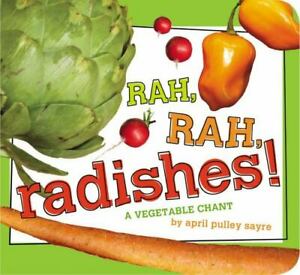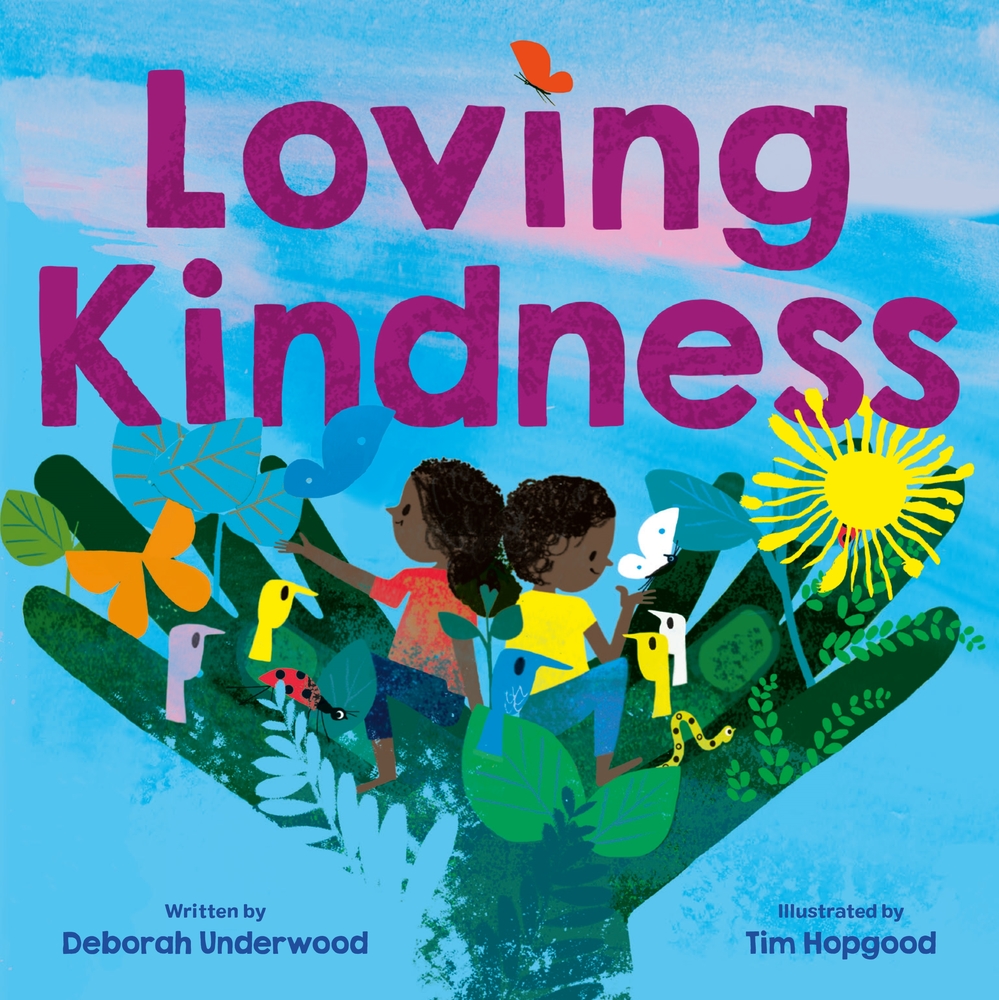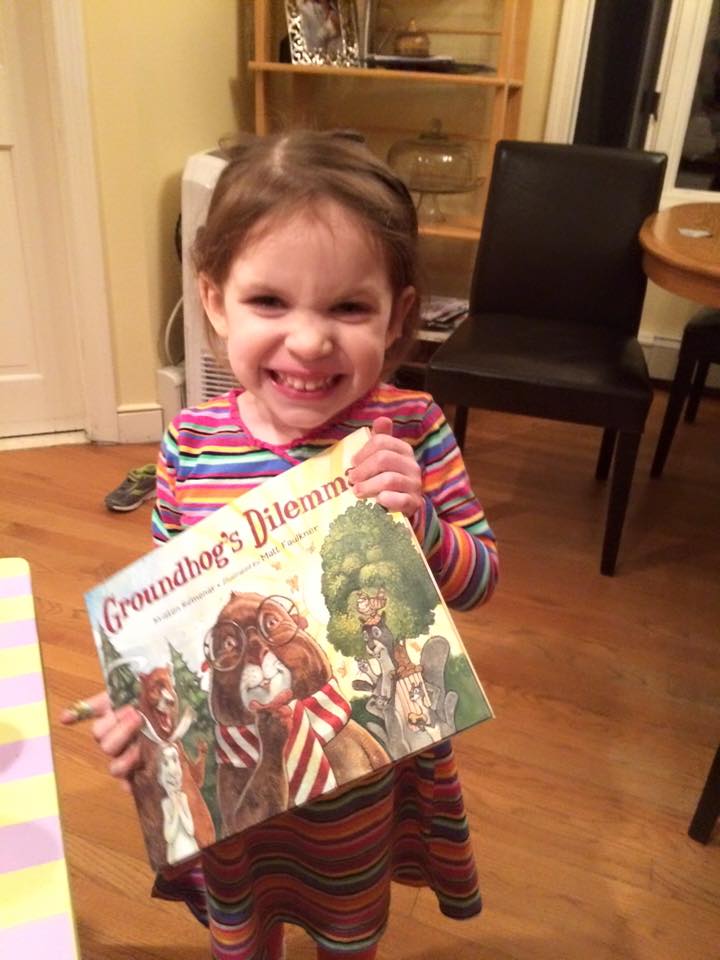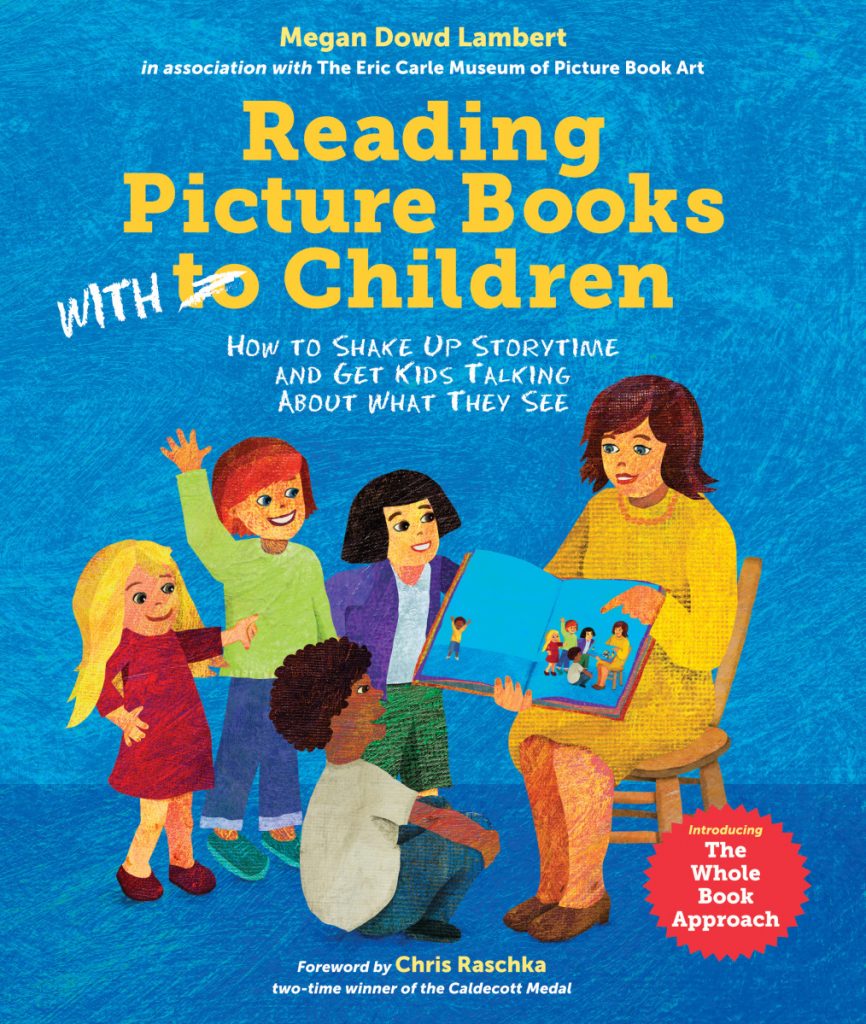April: Poetry, Earth Day, and April Pulley Sayre
April Pulley Sayre, a gift to the children’s literature community, passed away recently. In honor of her and her incredible legacy of picture books, I’m sharing a previous post. Look at all the ways you can use her books to teach in the most engaging ways!

I had the pleasure of speaking at an early education conference where our theme was literacy and science. I brought stacks of books that tie into STEM (Science, Technology, Engineering, Mathematics) or STEAM (add Art) to share. Rather than just lecture all day, I led a session of “speed-dating” books: we’d spend a few minutes skimming a book and brainstorming ways to use it with students, share our ideas with the group, and pass the book along. This way, we had time to get our hands on over a dozen books and walk away with practical classroom applications. I was so inspired by the fantastic ideas the teachers generated! Here are a few ideas we came up with after reading Rah,Rah, Radishes! A Vegetable Chant by April Pulley Sayre:
Bring in vegetables found in the book. Sort the vegetables by color and by size.
Classify and sort vegetables by the parts we eat: root vegetables, leaves, etc. Read Tops and Bottoms by Janet Stevens as a tie-in text and talk about which vegetables would be “tops” or “bottoms” according to Hare.
Predict which vegetables will sink or float. Test predictions in a tub of water. Wash the vegetables and talk about textures.
Use the vegetables to make prints.
Compare and contrast with fruits.
Weigh and measure the vegetables. Use a vegetable as a measuring tool.
Take photos of vegetables and label them. Reread the book and have students hold up the corresponding photos.
Make a chart or a Venn diagram with the terms “raw” and “cooked”. Try some vegetables both ways and chart our preferences.
See what other vegetables besides potatoes can be delicious mashed (great for little ones to do the mashing!)
Bring in potatoes with “eyes” sprouting and bring in vegetable seeds. Compare seeds and sprouts, then plant!
Make an edible collage with vegetables.
Practice patterning skills like ABAB, etc. with bite-size veggies and eat when done.
Plan a field trip to a farmer’s market or invite a farmer to come to the classroom for more vegetable experiences.
If you’re interested in the list of science books I shared, please email me at kristenremenar AT gmail DOT com. If you like Rah, Rah, Radishes! A Vegetable Chant, be sure to check out Go, Go, Grapes! A Fruit Chant and Let’s Go Nuts! Seeds We Eat also by April Pulley Sayre. Hooray for early science!
Read MoreLoving Kindness For Us All

Loving Kindness written by Deborah Underwood and illustrated by Tim Hopgood is the perfect book for December. No matter what the faith of your students, this book shares a message we all need to hear.
“You are beautiful just as you are. You are loved, and you love.” We see a sweet baby who grows and is connected to the big sister, who is loved and who loves. We see the animals who are connected to these humans, also loved. We see that everyone feels the sun’s warmth and admires the moon, everyone is loved and loves.
There’s also the message that we all make mistakes, and it’s okay because that’s how we learn. Take inspiration from Tim Hopgood’s beautiful art that includes speckles of paint. Using brushes and sponges, students can paint themselves doing something they learned that was once hard to do. Unintended droplets add to the beauty of their work.
I wish you all a happy 2022 filled with Loving Kindness.
Read MorePlay It! “Ten Rules of Being a Superhero”
Twice during my years as a classroom teacher I had students that weren’t allowed to participate in Halloween activities for religious reasons. To keep the fun of dressing up without creating difficulties for any of your students, read Ten Rules of Being a Superhero by Deb Pilutti and become superheroes!

Captain Magma and Lava Boy show us the rules with bright, captivating art and with short sentences to support younger readers. Big ideas like courage, integrity, and loyalty are introduced in kid-friendly ways, and there are good giggles, too. For example, Rule Number 2: “Saving the day is messy.” As Lava Boy cleans up the playroom ( with Captain Magma holding the dustpan), he adds, “Moms don’t understand Rule Number 2.”
There’s a fantastic, free discussion and activity guide (written by Superteacher Debbie Gonzales) that you can print from debpilutti.com. You’ll find fun games and a story sequencing activity that nails that Key Ideas & Details reading standard. I think Ten Rules of Being a Superhero makes a wonderful discussion and writing prompt. What are the qualities of a superhero? Who can be one? Since many kids are thinking about costumes this season, what about making superhero gear? Towels and blankets from the thrift store (thoroughly washed) can be made into capes. Donated t-shirts or paper grocery bags can be decorated with paints and markers. Thin craft foam can be used to make masks, wrist bands, and other superhero gear.
Once everyone is looking super, play the book! Act out the rules or write rules as a class for kids to act out. I hope you are having a happy school year!
Read MoreReading an “Again, again!” book in a new way
Happy Almost-the-End-of-2020! I think this year has been most challenging for those living with or working with small children. How do you keep them enticed if you can’t get new books from the library or from school? How do you keep yourself from going nuts if you’re tired of rereading the same books? Here’s how.

Ask your child, “What do you notice when you look at the cover of this book?” It’s really interesting to hear the details kids notice that we adults may not, the details the illustrator intentionally puts in.
“I see faces in the trees!”
“I see them now, too! Do you notice anything else?”
“The trees have snow on this side and the tree over here doesn’t have snow. So that’s winter and that’s not winter.”
“I wonder why the illustrator drew the trees that way. “
You can talk about what you see until your child is done reading the picture and wants to hear the words. The pictures often give information that the words don’t. Reading pictures is a big part of learning to read words.
This technique of letting kids lead the reading was a big shift for me as a teacher/librarian. I’m eager to get to the words. I’ve often told kids what I want them to learn from the book, trying to pour in knowledge. Lifelong learners are gatherers of knowledge. We can put kids in charge of pulling in meaning first.
Even if it’s a book you’ve read a dozen times, encourage your child to take the lead. They can tell you what they see and show you how their minds are making meaning. You may see the familiar book in a new way when your child says, “Again, again!”

This Whole Book Approach is wonderfully taught by Megan Dowd Lambert in her book, “Reading Picture Books With Children: How to Shake Up Storytime and Get Kids Talking About What They See”. I highly recommend it!
Read More






